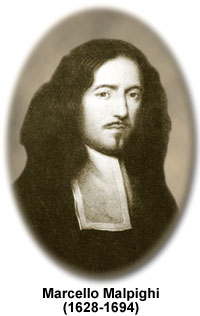 The History of Fingerprinting
The History of Fingerprinting
There have an abundant of people who contributed the study of fingerprinting and thanks to them today we have a better way of identifying people.
 |
| Alphonse Bertillion |
The forensic science of fingerprinting identitfication has served an abundant of governments worldwide for 100 yrs to provide accurate identification of who the culprit is. Fingerprinting is the most commonly used forensic science in the world.There are many records of fingerprinting from centuries ago. Babylons however pressed there fingerprints in clay to record business transactions. The Chinese used fingerprint ink impressions on paper to identify their children and business transactions. They are significantly important founders who has started the history of fingerprinting such as Alphonse bertillion. Alphonse Bertillion was a french police officier who created a system to measure and record certain body parts such as head length, foot length, arm length and finger length. The measurements he received were reduced to a formula, that would applied to one human being in their adult life. Anthrometry was the first scientific system used by an pollice officier to identify criminals.The system was called the Bertilllion System that lasted 30 yrs. Another founder by the name of
Marcello Malpighi in 1686 ,as a professor of anatomy, he discovered particular ridges, spirals, and loops in the fingertip. These founders identify fingerprints by hand so today we could have knowledge of personal identification of a fingertip. Today we use fingerprint scanners and other uses of technology to identify and match different fingerprints.Sir Edward Henry, commissioner of the Metropolitan Police of London, soon became interested in using fingerprints to nab criminals. In 1896, he added to Galton's technique, creating his own classification system based on the direction, flow, pattern and other characteristics of the friction ridges in fingerprints. Examiners would turn these characteristics into equations and classifications that could distinguish one person's print from another's. The Henry Classification System replaced the Bertillonage system as the primary method of fingerprint classification throughout most of the world.
Lastly there was one case in particular that helped fingerprint identification. Juan Vucetich made the first criminal fingerprint identification. Juan Vucetich observed the print of a woman who murderd her two sons and then cut her own throat to blame another person for doing the crime. A bloody print was left on the door post, and Juan Vucetich was able to identify that the woman was the murderer.
Opinion
The history of fingerprinting is amazing to see. To think all these people contributed to the discovery of a fingerprint that is amazing. Today without those people we would not catch criminals. then criminals can act in anyway and constantly kill people without being caught. So i appreciate them for there discovery of fingerprinting.i had not idea fingerprinting had a history. I though someone just found that you could make fingerprints on the door or something.i have learned alot about this research on the history of fingerprinting such as the people whoc contributes and how they used them to solve a crime scene.
Citations
"The History of Fingerprints."
Come Onin to Read about Fingerprints and HHH... Web. 04 Dec. 2011. <http://onin.com/fp/fphistory.html>.
This website gets the credibility for research of the history of fingerprinting except the fingerprinting case.
Links
http://www.fingerprinting.com/history-of-fingerprinting.php
http://www.essortment.com/history-fingerprints-21335.html
"History of Fingerprints." Crime Scene Forensics, LLC. Web. 21 Nov. 2011. <http://www.crimescene-forensics.com/History of fingerprints.html>.
This website gets the credibility for the case about criminial identification of fingerprints.


Information is very clear and well thought out. The only mistakes I see are grammar. If you re-read through the passage you can probably identify those mistakes easily.
ReplyDeleteInformation is presented in a very clear, and informative way. There a a couple of grammar errors but overall a very good post. The pictures also compliment the post very well and are helpful in understanding the information.
ReplyDelete